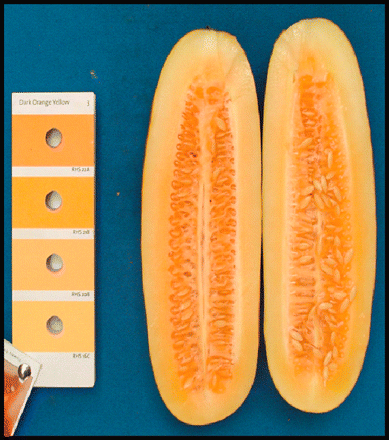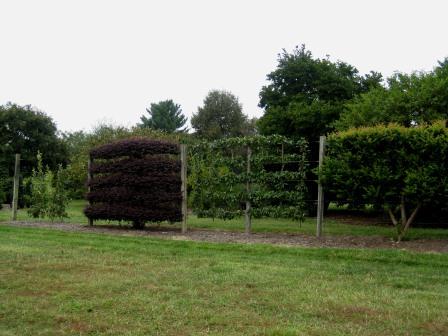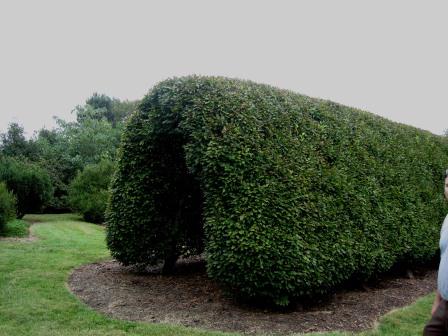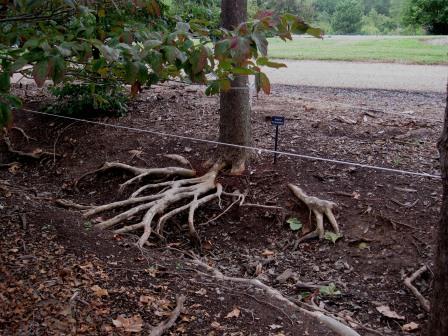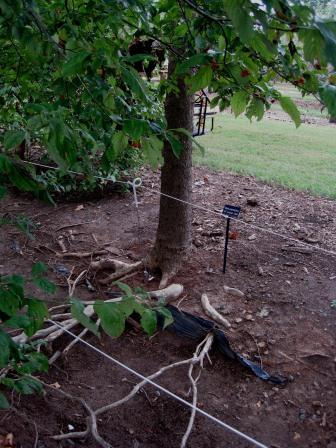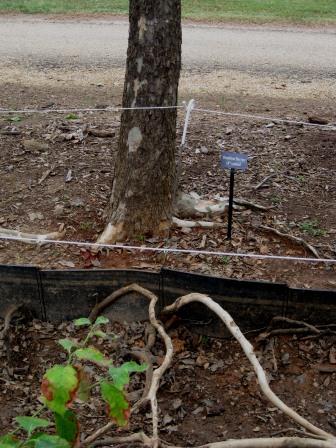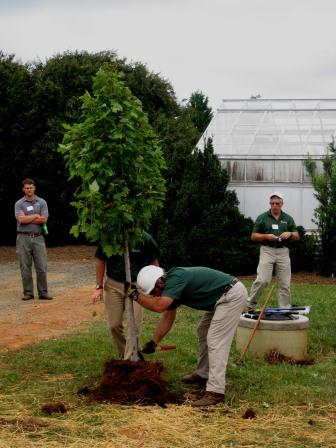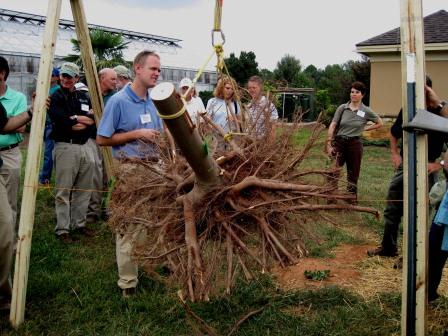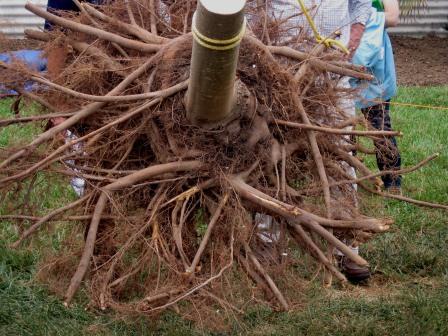
First, let me give a blanket apology for all of us GPs – this is the first time ever all four of us have NOT posted in the same week. I’m on the road this week with my high schooler checking out colleges, and I think the other three are out drinking beer and tipping cows somewhere. So our visiting GP veggie specialist extraordinaire has graciously stepped in to answer a reader’s question about the apparent decline in vegetable nutrition. Here’s Charlie:
Your United States Department of Agriculture tracks information about all kinds of things, like dry bean production and farm wage data. They also measure nutrient content of foods (not pesticide residues–that’s for the FDA). Some curious researchers have wondered if the nutritional content of vegetables has changed since the mid-20th century. The data exist, so why not look through them?
Authors of a well-cited publication from 2004 have done just that. Specifically, Davis, Epp, and Riordan did (J. Amer. College Nutr., 23:669-682). What they found, for example, is if you ate cauliflower in 1950, you probably ate more protein, phosphorous, iron, and thiamin than if you ate the same amount cauliflower in 1999. They measured the ratio of the nutritional concentration in 1999 compared to the concentration in 1950 [smartly, they adjusted 1950 moisture content to match that of 1999]. If ratio was 1, there was no difference in the concentration. If the ratio was 0.5, then 1999 cauliflower had half the nutrition of 1950 cauliflower. They had to use some statistical trickery (they didn’t know error or the number of samples from 1950), but some people might just call that ‘educated assumptions’. When these ‘educated assumptions’ must be made, I’m a big fan of being conservative with them–in this case, that means that if there is a tiny difference, the researchers wouldn’t catch it. Being conservative with statistics makes the differences that show up more robust. Even with the most conservative assessment, the authors show that 26% of the time when nutrients are studied in vegetables, the concentration was lower in 1999 than in 1950. However, 11% of the time, the concentration was higher in 1999.
The primary author of that paper published a summary of evidence in 1999 (HortScience 44:15-19). The average numbers for a bunch of studies show similar declines, but statistically, there seems to be a significant decline in specific nutrients in about ¼ to ⅓ of vegetables studied over time.
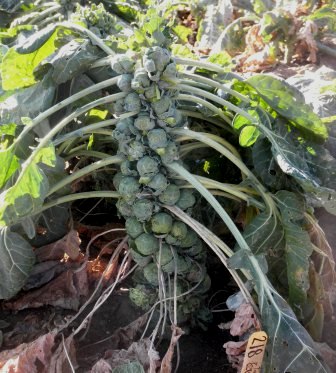
‘Jade Cross’ brussel sprouts
Why would this be happening? Well one reason might be dilution. The review article gave an example of raspberries: growing raspberries with more phosphorous fertilizer gave more yield (on a dry weight basis), and higher phosphorous concentration in the fruit. But the plants still took up the same amount of calcium (or only slightly more), irrespective of how many pounds of raspberries were produced. More pounds of raspberries with the same pounds of calcium removed from the soil means less calcium per pound of raspberries. That makes sense. The plants can make much of their own dry matter (photosynthesis!), but they can’t make calcium. I have some questions about using the dilution argument for the 2004 paper: if dry matter didn’t change, but concentration of macronutrients went down, the concentration of something else had to go up–but what? Is the decline in specific things large relative to the concentration of that thing but small relative to the total dry matter?
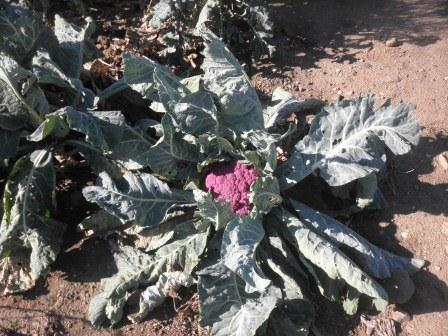
‘Graffitti’ cauliflower
The dilution effect may be the cause sometimes, but what causes the dilution effect? Atmospheric CO2, or changes in production practices like irrigation, pest control, and fertility might be important, but I like the ‘breeding’ explanation. Breeders don’t care how much calcium the plant has. They care if it yields well (dry matter), is resistant to pests and diseases, is pretty or unusual, tastes good, etc. If a trait is not selected for in a breeding program, it might go away over time. So maybe the answer is to breed veggies that accumulate (or make, if it’s a vitamin) more nutrients, or to grow more of the existing varieties that might, by chance, already have relatively high nutrient concentrations (they do exist). There may be a market for selling broccoli that has certifiably more calcium in it, and for change to happen in the marketplace, it has to be profitable. For right now, you have no idea if the broccoli you buy is a low-calcium or a high-calcium variety because consumers don’t demand to know.
The un-interesting headline reads “some vegetables may be declining in average nutrient concentrations over time”. The interesting (and false)
620
headline would be “vegetables aren’t good for you anymore”. From the cauliflower example above: in 1999, a serving of cauliflower would have about 2.5% of your recommended daily iron, 6.3% of your phosphorous, 3.5% of your protein, and 4.8% of your thiamine. In 1950, it would have been 6.1% of your iron, 10.3% of your phosphorous, 4.3% of your protein, and 9.2% of your thiamine. Your vegetables aren’t devoid of nutrition, they’re good for you. Easter candy probably has none of those things. If you’re worried, have a multivitamin, or better yet, eat MORE vegetables. But vegetables grown in 1950 are rather old by now, I’d avoid them if I were you. Meanwhile, know that a) science is aware of the issue, b) it’s not universal.

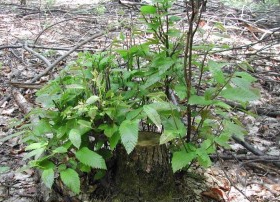


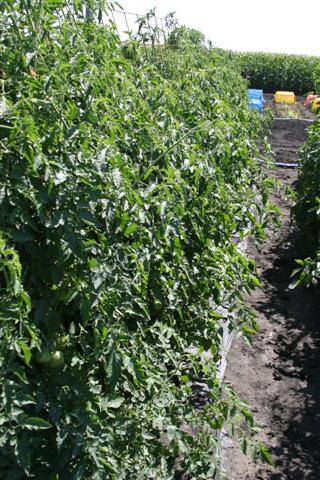


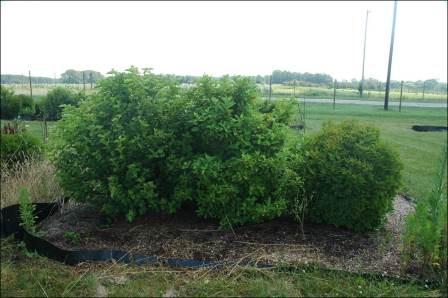
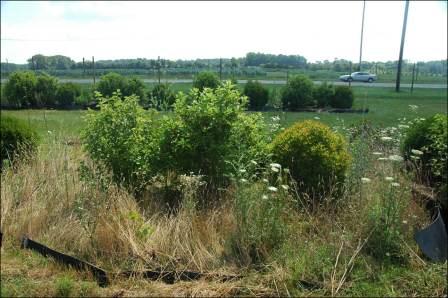
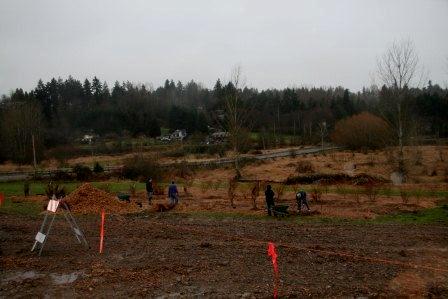
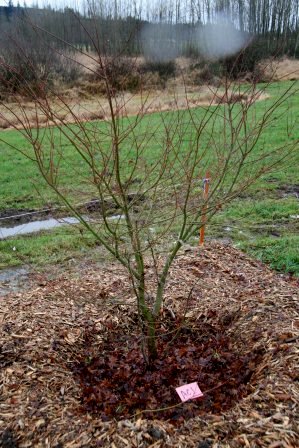
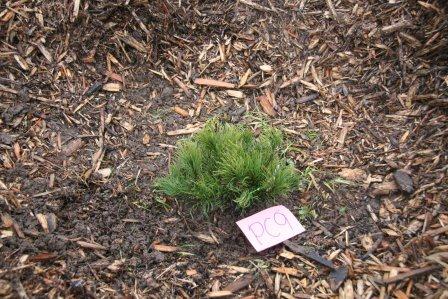
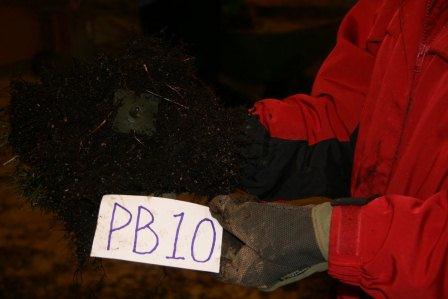
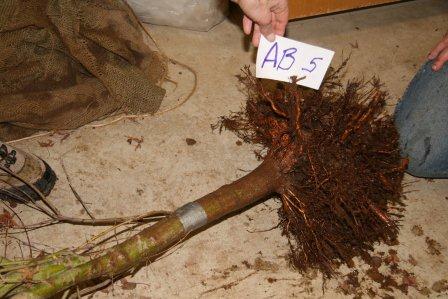
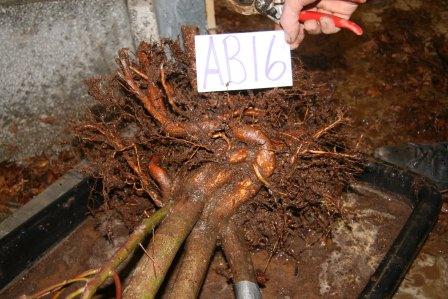
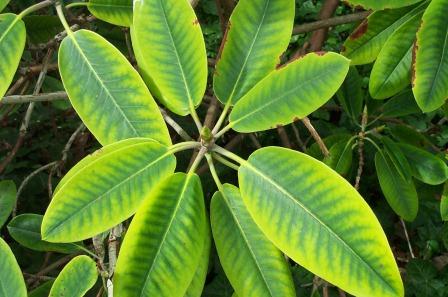
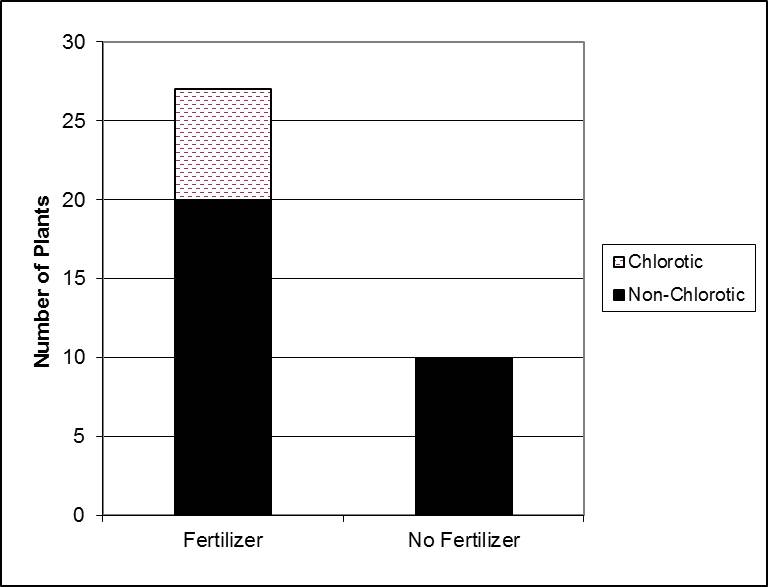
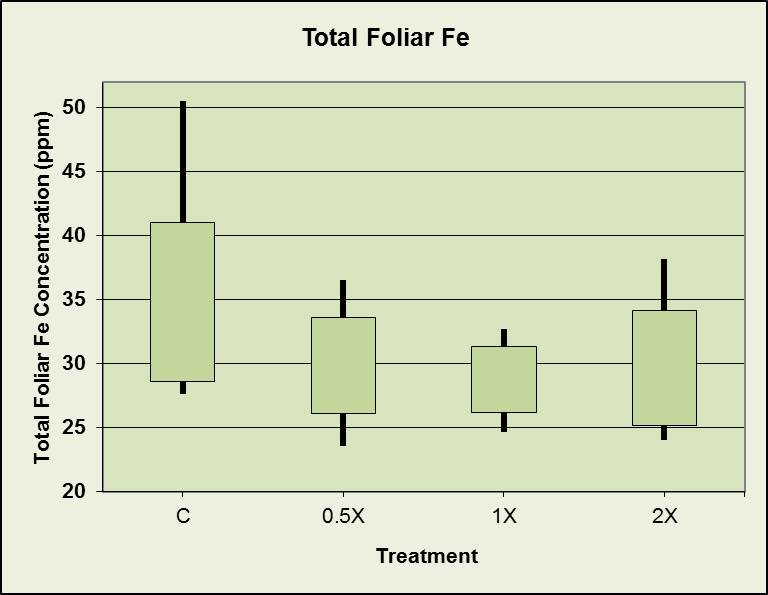 Total foliar iron vs. fertilizer treatment
Total foliar iron vs. fertilizer treatment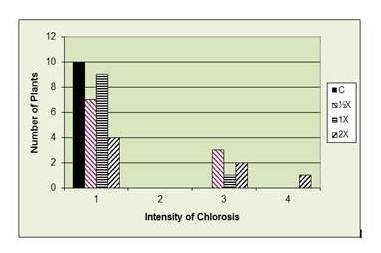 Chlorosis as a result of phosphate fertilizer. 1= Normal (green leaves), 2= Light chlorosis in young leaves, 3= Moderate chlorosis, 4= Severe chlorosis, young leaves white
Chlorosis as a result of phosphate fertilizer. 1= Normal (green leaves), 2= Light chlorosis in young leaves, 3= Moderate chlorosis, 4= Severe chlorosis, young leaves white